Non-surgical facial aesthetics treatments continue to rise in their popularity. Injectables were a £1.4billion industry in Europe last year: a 17.3% increase compared to the previous year. There are hundreds of thousands of people undergoing these treatments annually and it’s a lot closer to home than you think!
Starting out in a new field can be both exciting and terrifying. A commonly occurring fear that practitioners have which stops them from venturing out into the field of aesthetics is the fear of encountering complications and not being able to manage them. At the London School of Facial Aesthetics our goal is to empower our delegates to provide facial aesthetics treatments safely with a comprehensive knowledge of recognising and managing complications. This is why we have introduced our comprehensive complications management online masterclass. Find out more here: https://www.thelsfa.com/courses-book-now/dermal-filler-courses-ngsnj
As healthcare professional we do our utmost to look after our patients holistically and above all: do no harm. Therefore it is paramount to ensure your aesthetics training is comprehensive and there is emphasis on complications management. This is the reason that we have developed our comprehensive complications management online masterclass empowering delegates with the knowledge and skill to identify and manage aesthetics complications.
As with any treatment, facial aesthetics treatments come with their own set of possible complications and we are going to discuss some of these.
Botulinum toxin complications:
Any treatment that breaches the skin barrier has the potential to cause complications listed below and treatment with botulinum toxin is no exception. These include:
· Bruising
· Swelling
· Excessive bleeding
· Oedema
· Haematona
· Infection
As always, we would check the medical history to ensure we are aware of any pre-existing conditions that may increase risks of excessive bleeding or bruising and manage these appropriately.
Infection is very unlikely as we follow strict aseptic techniques.
Complications which may relate to injection technique include:
Brow ptosis (medial or lateral)
Eyelid ptosis
Complications relating to injection technique are usually unilateral and transient in nature and will usually start to wear off when the muscles return to full strength or even slightly prior to this.
Medial brow ptosis could be due to treatment of frontalis without treatment of the glabellar complex and it can be corrected with further toxin treatment.
Lateral brow ptosis could be due to treatment of the lateral frontalis without treatment of the orbicularis oculi (muscle responsible for the appearance of crow’s feet). This could also be managed with further toxin treatment.
Eyelid ptosis can occur due to poor injection technique (injections are too deep and too close to the orbit) or due to spread of toxin to the levator palpabrae superioris muscle which is in charge of keeping the eyelid lifted. Inadvertently treating this muscle with toxin will cause the eyelid to droop and can obstruct the patient’s vision. We therefore need to manage this until the toxin starts to wear off. Management includes advising use of 0.5% aproclonidine eye drops three times a day as a temporary solution. This will stimulate the superior tarsal muscle to improve the presentation of the eyelid ptosis until toxin starts to wear off.
Dermal filler complications:
Dermal filler complications can be grouped according to the time of appearance.
Immediate:
Anaphylaxis
Bleeding, bruising and other injection site reactions
Skin changes/vascular events
Early:
Infection
Swelling and oedema
Nerve damage
Placement related (non-inflammatory nodules, asymmetry/overcorrection, Tyndall effect)
Delayed:
Hypersensitivity-related swelling/oedema
Inflammatory nodules including granuloma
Late chronic infection
Product migration
Anaphylaxis reactions to hyaluronic acid based dermal fillers are very rare due to the high biocompatibility and biodegradability. However most dermal fillers contain lignocaine which can elicit an immune response.
Bruising after dermal filler treatment is a common side effect and can be quite pronounced. It is important to rule out a vascular occlusion as the appearance can sometimes be similar.
Infection is rare as we follow strict aseptic protocols. Herpetic infections can occur for example following lip augmentation treatment with dermal filler, in particular if there is a previous history of cold sores.
Swelling and oedema are very common especially in the first two weeks after treatment. These can be managed conservatively and if there is no resolution after around 2 weeks, we may need to consider dissolving the filler.
Delayed Onset Nodule (DONs) formation can be inflammatory and non-inflammatory and can be due to poor injection technique or poor product choice for the area being treated.
Poor placement issues such as Tyndall effect can occur if the product is placed too superficially and filler migration can occur if the filler is displaced to an area remote to the intended area of injection. Conservative management such as firm massage within 14 days of treatment is advised and if there is no resolution following this, we may consider dissolving the filler.
A vascular occlusion is a rare but serious complication and can occur due to partial or complete obstruction of an artery. This will cause pain and darkening of the skin as well as tissue ischaemia and resulting hypoxia. There is usually instant severe pain, however this may be masked by anaesthetic present in the filler. Capillary Refill Time (CRT) can be a useful parameter to assess tissue perfusion.
A retinal vascular occlusion refers to blockage of the retinal artery which can result in a lack of oxygen delivery to the retina and resulting ischaemia and visual loss. Prognosis is poor and recovery of vision is rare.
Being aware of managing complications that can arise as a result of facial aesthetics treatments is paramount in providing these treatments safely and providing the best level of care for our clients.
To find out more about managing facial aesthetics complications or to sign up for our complications masterclass please visit our website https://www.thelsfa.com or email us at info@thelsfa.com.
Instagram: https://www.instagram.com/the_lsfa/?hl=en-gb
Facebook: https://www.facebook.com/The.London.School.of.FacialAesthetics/


